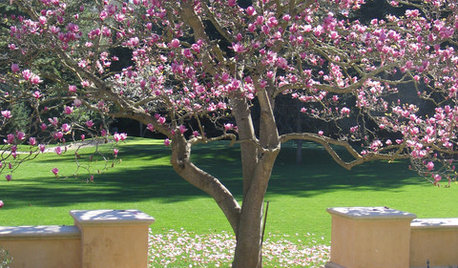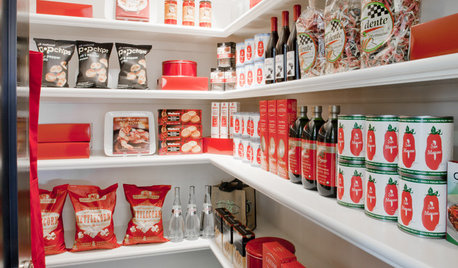GJB hoards on the peaches
Michael
9 years ago
Related Stories

LIFE10 Ways to Honor and Remember a Departed Loved One at Home
Help the grieving process and keep beautiful memories alive with these thoughtful tributes
Full Story
MOST POPULARHow to Get Rid of Those Pesky Summer Fruit Flies
Learn what fruit flies are, how to prevent them and how to get rid of them in your home
Full Story
COLORHow to Use Marsala, Pantone’s 2015 Color of the Year
Pantone digs deep and goes earthy with its selection. Here are ways to make it work in your home
Full Story
GARDENING FOR BUTTERFLIESBring on the Birds: Natural Habitat Ideas for Gardens of All Sizes
Provide nesting, watering and perching spots inspired by the Costa Rican jungle and watch the birds flock on over
Full Story
MOVING9 Ways to Calm New-Home Jitters
Buyer's remorse begone! Here are some tricks to help you warm to your new place, warts and all
Full Story
LIFEHow to Handle Inherited Things You Don’t Really Want
Whether you’ve inherited a large collection of items or a single bulky piece of furniture, it’s OK to let it go if you don’t need or want it
Full Story
DECLUTTERINGDecluttering — Don't Let Fear Hold You Back
Sure, you might make a mistake when tackling a decluttering project, but that's OK. Here's why
Full Story
KITCHEN STORAGEGet It Done: How to Clean Out the Pantry
Crumbs, dust bunnies and old cocoa, beware — your pantry time is up
Full Story
LAUNDRY ROOMSThe 20 Most Popular Laundry Room Photos of 2015
No drudgery here when it comes to laundry. High style and multifunctionality have made these rooms new favorites this year.
Full StoryMore Discussions








alan haigh
fruit007
Related Professionals
Clark Landscape Architects & Landscape Designers · Maple Valley Landscape Contractors · Choctaw Landscape Contractors · Duarte Landscape Contractors · Fort Wayne Landscape Contractors · Galt Landscape Contractors · Hoover Landscape Contractors · Norwalk Landscape Contractors · Nutley Landscape Contractors · Placerville Landscape Contractors · Seminole Landscape Contractors · Uxbridge Landscape Contractors · Weslaco Landscape Contractors · West Chicago Landscape Contractors · Wickliffe Landscape Contractorsappleseed70
MichaelOriginal Author
alan haigh
olpea
MichaelOriginal Author
lucky_p
alan haigh